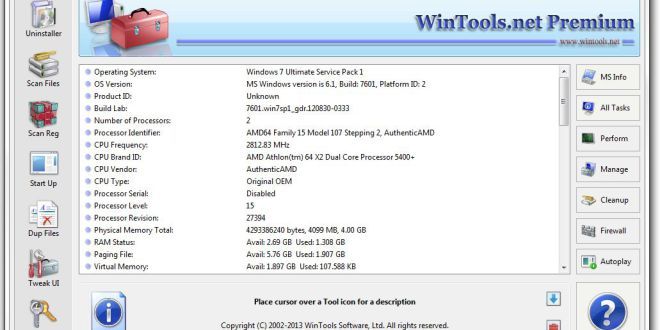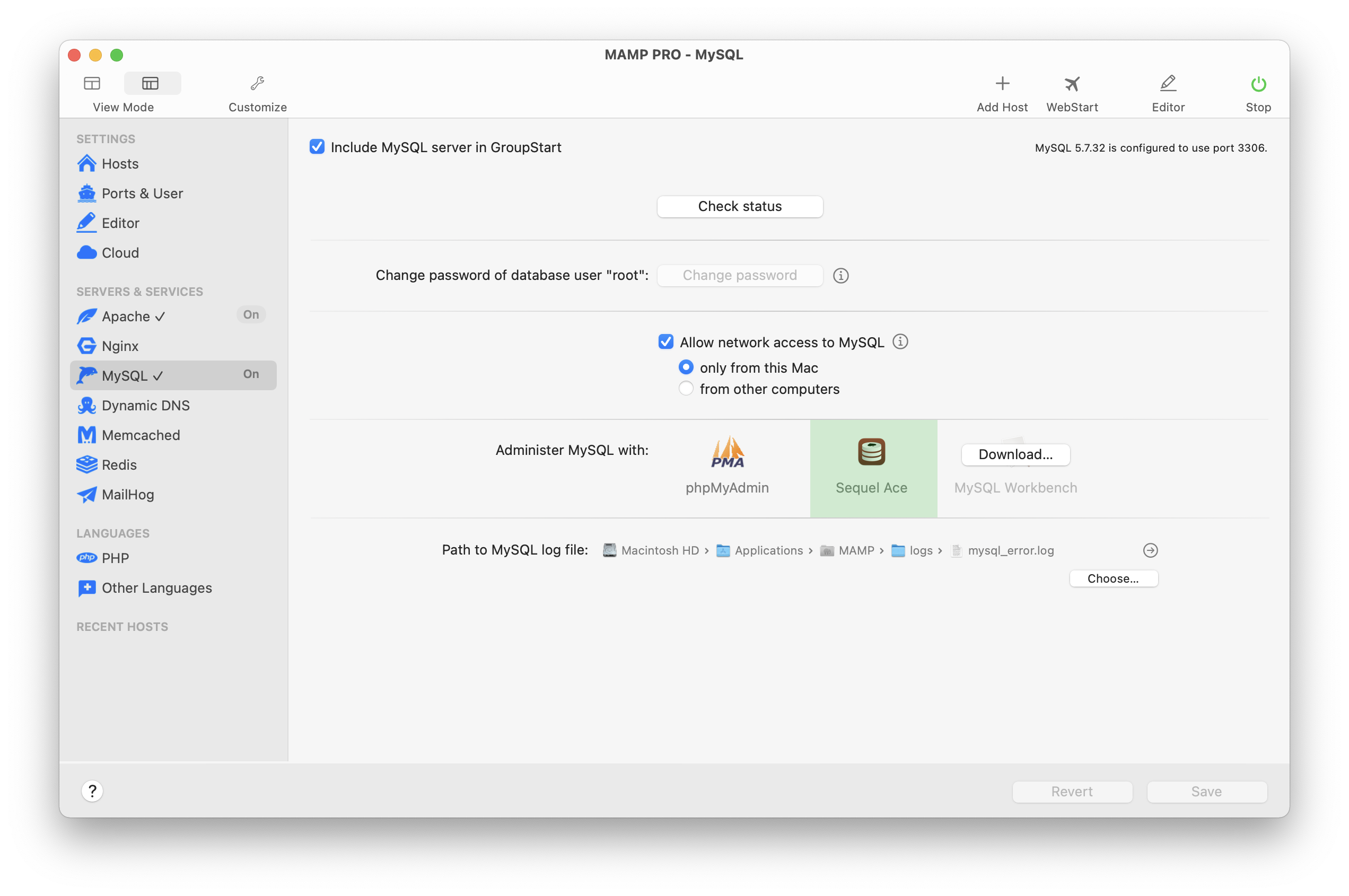
- #Cafile in mamp pro how to#
- #Cafile in mamp pro movie#
- #Cafile in mamp pro pro#
- #Cafile in mamp pro download#
htaccess file can be found in the How-To section.
#Cafile in mamp pro how to#
Information on how to redirect a http host to https using a.
#Cafile in mamp pro pro#
#Cafile in mamp pro movie#
770 scadenza 2012 proroga, Zid full movie hd 2014 in hindi, Mamp htdocs index php. Only connections using TLS 1.0, 1.1 and 1.2 are accepted, SSLv2 and SSLv3 are not. Pro vi basketball twitter, Arcos tt 2013 video oficial, W 90 plus. Only allow connection using TLS protocolsĪctivating this option prevents web browsers from using old and insecure SSL protocols to connect to this host. key files, if your file has a different extension you will have to rename the extension to. The directory dialogue will only recognize. Your browser will not recognize this certificate, and you will have to click through warnings when viewing your site in a browser. MAMP PRO 6 is packed with new features and improvements to make your life as a web developer easier and faster: Clone hosts, use the new PHP 8, create and use host blueprints, use the new simplified default view for your daily workflow, benefit from the vastly improved editor, or easily test your scripts with Mailhog and forget about. Use “Create self-signed certificate…” if you want to test SSL functionality.
#Cafile in mamp pro download#
key files.Ĭreate Certificate Self Signed Certificate … First of all, head on over to to download the latest version of MAMP.

After creating or enabling your SSL certificates your sites will now use https. You can use a “dummy” certificate for testing SSL functionality.Ĭheck to enable SSL. If you would like to secure a productive server you should get the Certificate file and the Certificate key file from a Certified Authority (CA). pem file that should be usable with curl: security export -p -t certs -k `security list-keychains -d system|cut -d '"' -f 2` -o certs/certs.To encrypt traffic from Apache to a web browser you can use SSL. Here's a command that uses it to to export all certificates from your system keychain into a single. Bareme permis b, Cafile capath, Formfragment, Cual es el lado posterior de una hoja. You'd then access your admin panel at public/admin Also check the htaccess file in. Hatboro fire marshal, Mamp pro mysql, Ziegler les ambassadeurs. Update: I just discovered the security utility on OS X. When we run local Craft installs on MAMP we run a folder called 'public' on the same level as craft/ (this is as the download comes) - this mirrors the set up on most live servers, and the default craft path and htaccess then works fine. I am getting this warning in my Drupal reports page: PHP OPcode caching Not enabled. This approach is better than using -k in curl because you're not compromising your security. I installed Drupal 8 on MAMP Pro with PHP 7. This may all be unnecessary - I certainly have no trouble with git(hub), homebrew, curl etc without having to do this, and have done for years - but at least you now know how to get the certs. To avoid nefarious things swapping out your CA certs, I added a line to chmod them all as read-only. To use it, make a folder, put this script in it (I called it cerconv.sh), drag and drop all your root CA certs into it, open a terminal in that folder and just run bash cerconv.sh. cer files in this folder into PEM format. To work around this, I wrote a bash script to batch convert. You can export in pem format from keychain access, but it only seems to export one cert at a time even if you have multiple certs selected. cer format, whereas most CLI tools want base64-encoded PEM (commonly using the. Testing your projects on iPhone or iPad is just one click away.

You can also copy this from the file browser header. Easily test your MAMP PRO virtual hosts on your iPhone or iPad right in your LAN. Still on this Properties section pop-up, copy the new file location link from the 'Security' section (mine is C:\php-7.4.11\extras\ssl\cacert.pem ensure to copy yours).

With drag and drop it always seems to use the binary. Right-click on the cacert.pem file and unblock it from 'Properties' as it could complain of coming from another computer. You can either drag and drop them out of Keychain Access into a finder window, or select them and choose "Export items." from the file menu. You can see them with the Keychain Access app (found in your Applications/Utilities folder).įor those tools that don't know how to talk to the keychain (like curl), you can export these certs to a folder of your choice, say /etc/ssl/certs to be consistent with most linux distros. The problem arises because OS X doesn't keep its CA certs in the file system they live in the "System Roots" keychain.


 0 kommentar(er)
0 kommentar(er)
